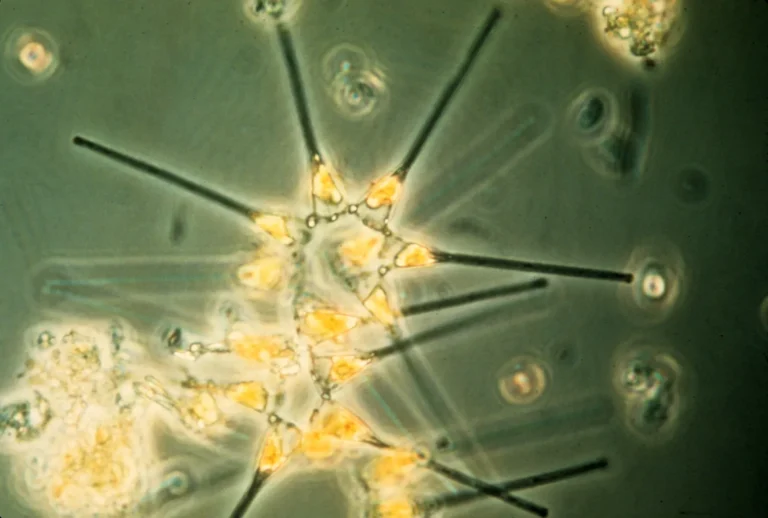5 Disadvantages of Hydro Energy Explained
Disadvantages of hydro energy are; capital cost, environmental impact, climate dependence, aquatic organic effect, and plant-distribution challenge.
This article discusses the disadvantages of hydro energy, as follows;
1). Capital Cost (as one of the Disadvantages of Hydro Energy)
Hydroelectric power projects are capital intensive, due to the scale of infrastructure required to develop hydro power plants; the types of materials involved, and the level of expertise demanded by such projects.
Building a water dam and installing a turbine-driven generator to produce hydroelectricity, can cost between $2,000 - $5,000 on average. This is fairly expensive and is a major deterrent to the widespread use of large-scale, high-quality and high-output hydropower facilities to generate electricity.
The running costs of hydroelectric power plants are usually minimal compared to other energy resources. However, an estimate of overall cost including capital, can produce imposing values that make decision-making and investment difficult at the early stages of hydro power projects.

2). Environmental Impact
While hydro energy development does not contribute to greenhouse emissions or air pollution, it has some unfavorable environmental impacts.
Hydro energy projects generally involve changes to the natural distribution and quality of water resources [3].
These changes may affect the availability of water, as well as alter the hydrological cycle and climate.
In some cases, such changes lead to increased risk of regional flooding and other hydrological hazards.
3). Climate Dependence (as one of the Disadvantages of Hydro Energy)
The cause-and-effect relationship between hydro energy and the climate have some negative implications.
Hydropower is affected by the Sun through its influence on hydrological processes like evaporation.
Similarly, precipitation determines the rate at which hydro energy systems are recharged, and hence the amount of water that is available to be used for hydropower generation.
What these imply is that hydro energy cannot be utilized productively in areas where the climatic and hydrological conditions are not favorable; such as regions prone to desertification and drought [2].
In the same vein, hydroelectric projects can affect the climate by altering the distribution of water resources.
4). Aquatic Organic Effect
Hydroelectric projects are often bad for fish and other aquatic organic populations.
Generally, hydropower plants affect the aquatic ecosystem by altering its natural equilibrium, so that nutrients, food, and water current dynamics may be diverted from the areas and patterns that are essential for sustenance of aquatic life.
By impounding water and restricting flow, dams can reduce the diversity of fish and their ability to migrate and reproduce [1].
Oxygen circulation and dispersal of minerals in water can be limited when hydropower facilities are installed. These effects are a threat to ecologic sustainability and can harm the environment, economy and society in the long run.
5). Plant Distribution Challenge (as one of the Disadvantages of Hydro Energy)
Energy transition depends on the ability to replace fossil fuels with a clean alternative that is renewable and widely available, as well as versatile in application.
Although water resources are generally abundant on Earth, they are not evenly distributed, so that some geographic regions have excessive water availability while others are prone to drought.
This affects the distribution of hydro power plants, and hence the ability of hydro energy to become a fully adoptable and reliable alternative to hydrocarbons.
Also, the high cost of hydropower development prevents its implementation in many regions.
Conclusion
Disadvantages of hydro energy are;
1. Capital Cost
2. Environmental Impact
3. Climate Dependence
4. Aquatic Organic Effect
5. Plant Distribution Challenge
References
1). Mousavi-Sabet, H. (2021). "Dams and their Impacts on Fishes in Iran." Tigris and Euphrates Rivers: Their Environment from Headwaters to Mouth (pp.401-420). Available at: https://doi.org/10.1007/978-3-030-57570-0_17. (Accessed 15 January 2023).
2). Obahoundje, S.; Diedhiou, A. (2022). "Potential impacts of climate, land use and land cover changes on hydropower generation in West Africa: a review." Environmental Research Letters 17(4). Available at: https://doi.org/10.1088/1748-9326/ac5b3b. (Accessed 15 January 2023).
3). Tomczyk, P.; Wiatkowski, M. J. (2021). "Impact of a small hydropower plant on water quality dynamics in a diversion and natural river channel." Journal of Environmental Quality 50(5):1156-1170. Available at: https://doi.org/10.1002/jeq2.20274. (Accessed 15 January 2023).


